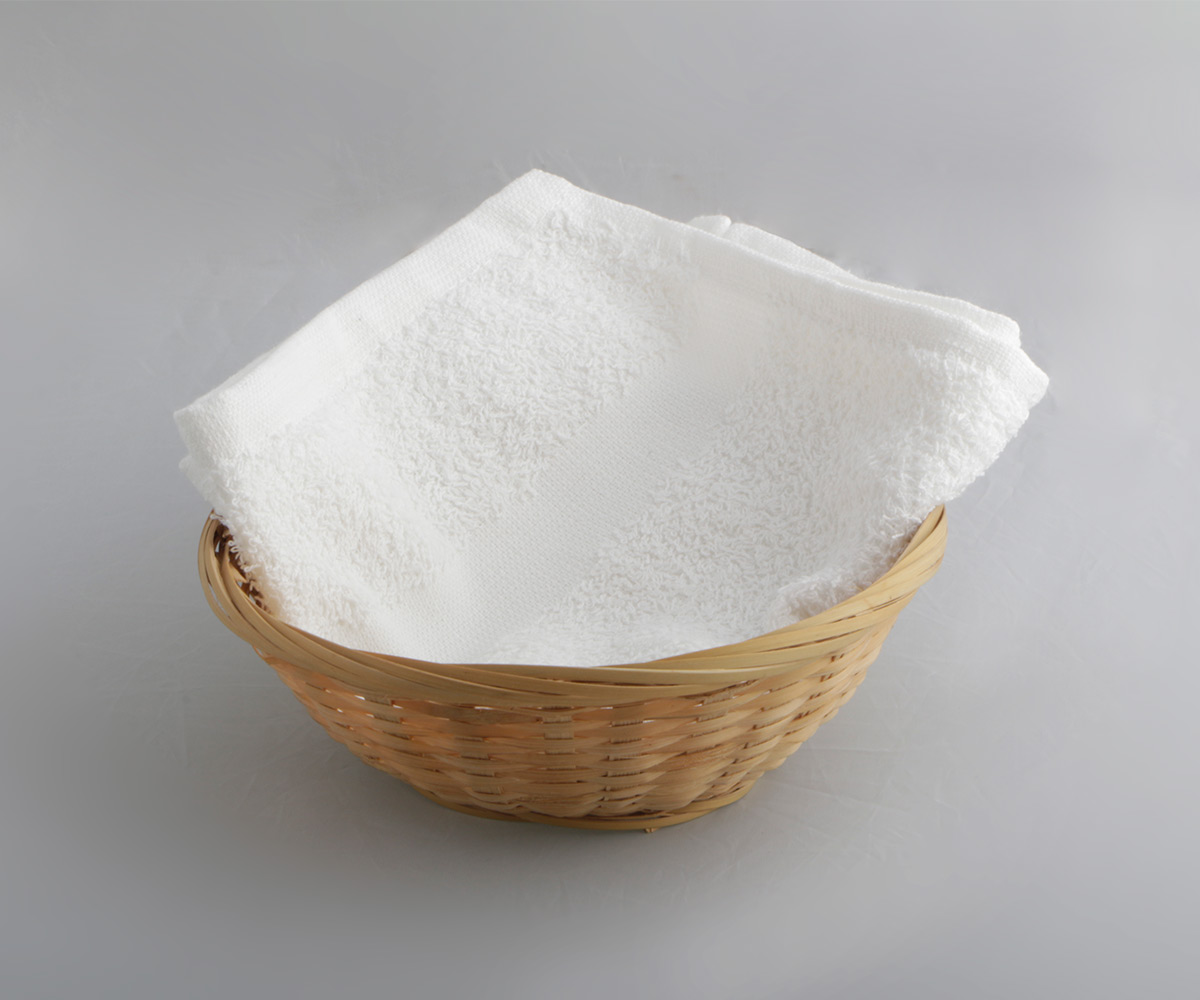The humble bath towel, a staple of modern-day bathrooms, has a rich and fascinating history that spans centuries. From its ancient origins to the innovative designs of today, the evolution of bath towels tells a story of cultural traditions, technological advancements, and changing societal norms.
Ancient Origins: Towels in Antiquity
The concept of using towels for drying the body after bathing dates back thousands of years. In ancient civilizations such as Egypt, Greece, and Rome, people would use linen or cotton cloths to dry themselves after bathing in communal baths or natural bodies of water. These early towels were often simple in design, consisting of rectangular pieces of fabric that were woven or knitted by hand.
Towels in the Middle Ages: Luxury and Symbolism
During the Middle Ages, towels took on new significance as symbols of wealth and status. Nobility and royalty would commission elaborate towels made from fine fabrics such as silk and adorned with intricate embroidery or monograms. These luxurious towels were not only used for drying the body but also served as decorative accents in opulent bathrooms and bathing chambers.
Industrial Revolution: Mass Production and Accessibility
The advent of the Industrial Revolution in the 18th and 19th centuries revolutionized the production of towels, making them more accessible to the masses. With the invention of mechanized weaving looms and the introduction of cotton mills, towels could be produced on a much larger scale and at lower costs. This democratization of towel production allowed towels to become commonplace in households across the world, rather than luxury items reserved for the elite.
Modern Innovations: Technology Meets Comfort
In the 20th and 21st centuries, technological innovations have continued to shape the evolution of bath towels. The introduction of new materials such as Egyptian cotton and microfiber has revolutionized the comfort and performance of towels, offering enhanced softness, absorbency, and durability. Advanced manufacturing techniques, including jacquard weaving and ring-spun yarns, have further improved the quality and aesthetics of towels, allowing for intricate patterns, textures, and designs.
Conclusion: Towels of Tomorrow
In conclusion, the evolution of bath towels is a testament to human ingenuity and innovation. From ancient civilizations to modern-day society, towels have undergone remarkable transformations, reflecting changes in culture, technology, and lifestyle. As we look to the future, it's exciting to imagine the possibilities for further advancements in towel design and technology. Whether it's through sustainable materials, smart textiles, or personalized customization, the towels of tomorrow are sure to continue enhancing our bathing experiences and adding comfort and luxury to our everyday lives.





Comments